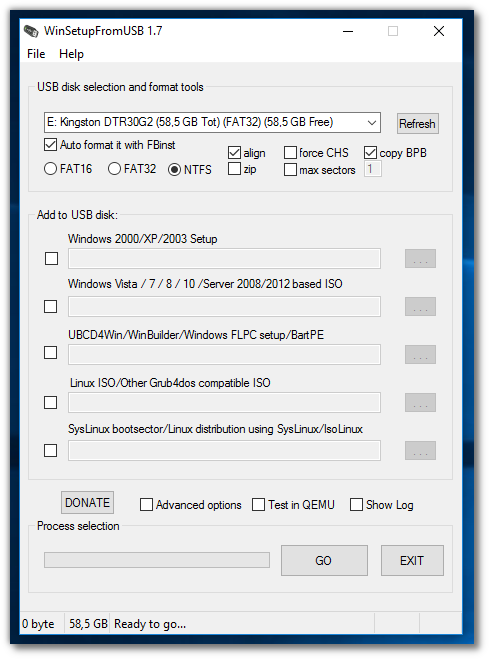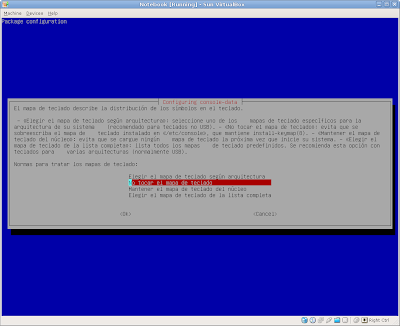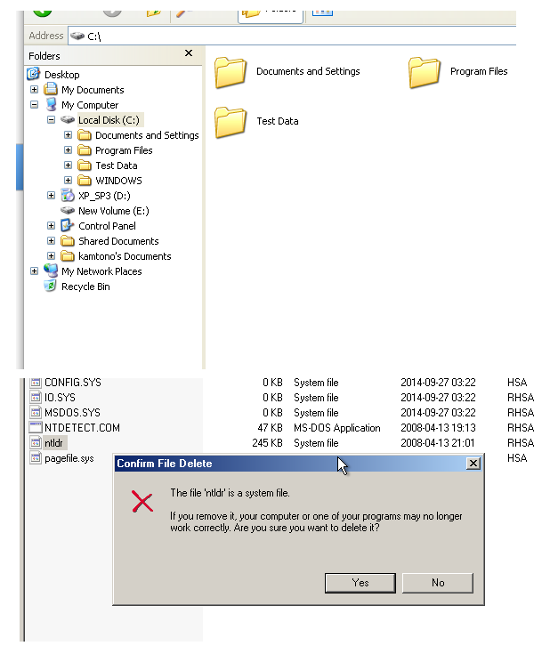


I knew for this pendrive that my booteable partition was /dev/sdg1, so that’s what I’ve used.īe careful with ‘sudo’. I’ve listed the partitions of my pendrive with sudo fdisk -l /dev/sdf: Device Boot Start End Sectors Size Id Type sd 7:0:0:0: Attached scsi generic sg6 type 0 scsi 7:0:0:0: Direct-Access Kingston DT 100 G2 PMAP PQ: 0 ANSI: 0 CCS


The main documentation of this process can be found here. I didn’t like that idea so I’ve managed to boot the virtual machine (virtualbox) with a physical pendrive to take screenshots of good quality and, in this process, learn about this process which is really simple. Since I must start CloneZilla from a pendrive in each computer/tablet/device adding pictures of the process to the document could be acomplished by taking pictures with my cellphone in each step. What CloneZilla does is just essentially creating/restoring a snapshot of a hard disk so you can clone as much devices as you want, maybe some of you have used «norton ghost» for such task. Yesterday I was asked to create a document with detailed steps to clone images of devices using «CloneZilla».


 0 kommentar(er)
0 kommentar(er)
